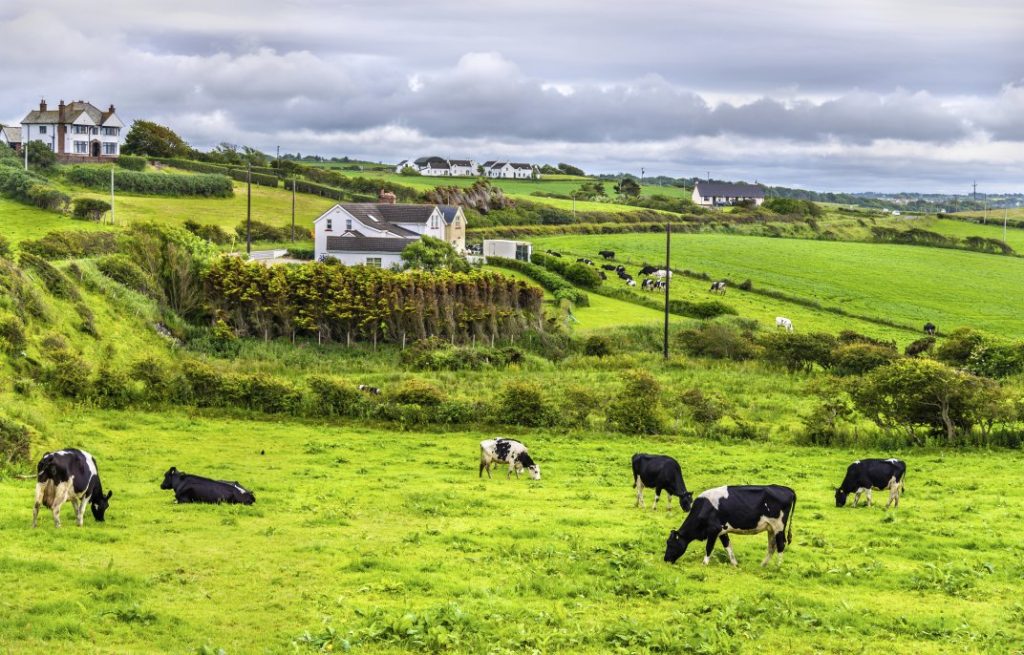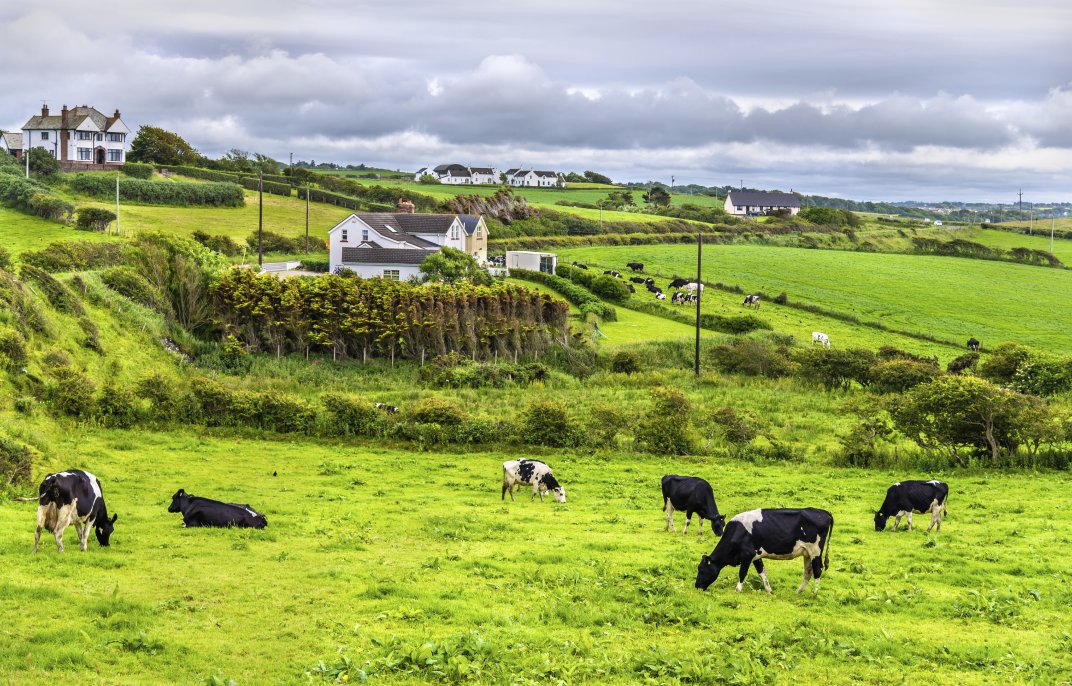A new mandate, a new Environment

Local government underwent significant structural change in 2015 with the number of councils reducing from 26 to 11, and the transfer of many functions from central to local government. This has brought changes to the ways in which the environment is managed. In 2016, these changes have continued with a reorganisation of Executive functions.
New structures
In 2016, the number of Executive departments reduced from 12 to nine. The Department of the Environment (DoE) has now been abolished and its functions split between three new departments from May, as follows:
- The Department for Infrastructure (DfI) – strategic planning (e.g. planning legislation and regionally significant development); flooding (which was previously the responsibility of DARD through the Rivers Agency), DoE (emergency flooding scheme) and DRD (flooding infrastructure and defences); and vehicle registration and road safety.
- The Department for Communities (DfC) – local government, including the new function of community planning, and built heritage from the Northern Ireland Environment Agency (NIEA).
- The Department of Agriculture, Environment and Rural Affairs (DAERA) – environmental protection and regulation (not including built heritage which will transfer to the Department for Communities)
The amalgamation of departments has been considered an opportunity for more joined-up and co-ordinated working across central government, with many functions that had previously been split across different departments, being brought together. However, while many functions have been combined, it is also the case that some that work in tandem to one another have now been separated. Therefore effective communication and working between departments will be needed, particularly in the following areas:
- Planning: this has now been separated from environmental protection (DAERA) and moved to a different department (DfI).
- Local councils will be responsible for the generation of both local development plans (as part of their planning functions) and community plans (as part of their community planning responsibilities). Both plans must complement one another; however, the operation of local government (including its relationship with community planning) and planning have been allocated separately to DfC and DfI respectively.
Giving environment its place
During a briefing to the Environment Committee, the previous Environment Minister highlighted that concerns have been expressed across environmental NGOs about the amalgamation of some environmental functions within the one department of DAERA.
For example, there may be a conflict between environmental protection and regulation, versus agricultural production and growth. Furthermore, given the funding cuts that environmental NGOs faced in 2015, there may be questions about the degree of priority given to environmental protection in this new department. However, the previous Environment Minister stated that the new Natural Environment Fund, generated under revenue raised from the carrier bag levy, will provide the sector with some financial assurance.
In the absence of detailed information, it remains to be seen whether equal weight will be given to all responsibilities under the new DAERA. This includes the issue of how environmental functions will be protected to ensure European and Programme for Government targets will be met moving into the new mandate.
Independence?
In line with these new structures, the previous Environment Minister opened up a discussion about the creation of an independent Environmental Protection Agency (EPA). The Minister voiced his support for an EPA in order, he stated, to improve transparency, separate the role of the policy maker and legislator from the regulator and enforcer, bring independence from political influence, and bring Northern Ireland in line with the rest of the UK and Ireland.
A discussion document in 2015 presented a number of different options for an EPA:
- Retain the status quo with NIEA working within DAERA;
- All current NIEA functions could transfer to an independent agency (established as a non-departmental public body). This would not include the functions of the Marine Environment Division which are not currently under NIEA’s remit;
- Full reorganisation: this would bring together into one organisation all functions and competencies from both the NIEA and other departments (such as inland fisheries) that are related to protecting the natural and built environment;
- A regulation-orientated EPA: this would perform the regulatory functions of NIEA, with policy making retained by the Department.
A decision about which of these options to follow will be for the new Minister and Executive to make.



